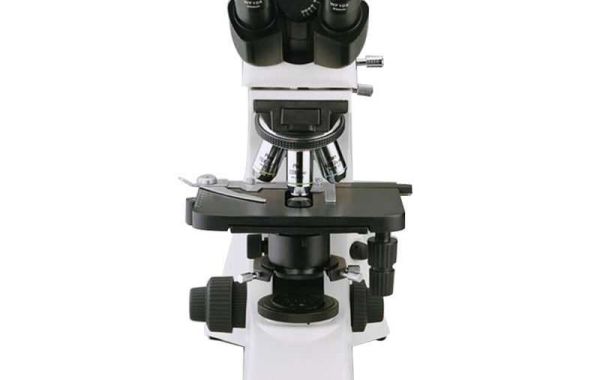Biological microscopes are versatile tools used in various fields of science and medicine. Here are some common applications:
Biology and Microbiology
- Studying cell structure and function
- Examining microorganisms like bacteria and fungi
- Analyzing tissue samples and cellular processes
Medicine and Pathology
- Diagnosing diseases by examining blood cells, tissue samples, and other biological specimens
- Studying the effects of drugs and treatments on cells and tissues
- Identifying parasites and other infectious agents
Environmental Science
- Analyzing water samples for pollutants and microorganisms
- Studying soil samples to assess soil health and nutrient content
- Examining plant and animal specimens to monitor ecological changes
Material Science
- Inspecting the microstructure of materials like metals, ceramics, and polymers
- Analyzing the surface properties of materials
Education
- Teaching students about biology, microbiology, and other related subjects
- Conducting experiments and demonstrations in science classrooms and laboratories
By following these guidelines and understanding the diverse applications of biological microscopes, you can effectively utilize this powerful tool to explore the microscopic world.







